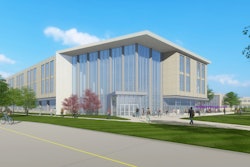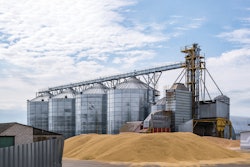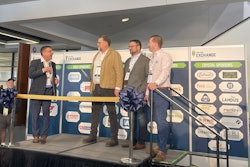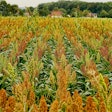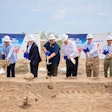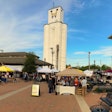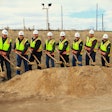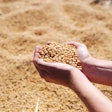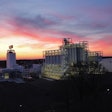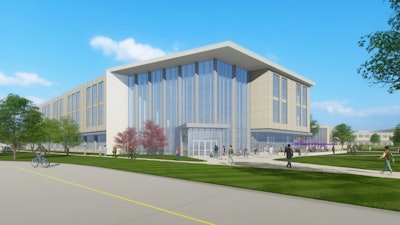
Agricultural universities face a serious issue. According to Ernie Minton, dean of Kansas State University's College of Agriculture and director of K-State Research and Extension, a study from 2015, updated in 2021, revealed a widespread problem of neglected repairs and maintenance in land-grant colleges of agriculture throughout the U.S., impeding research and turning potential students to look in other directions for their post-high school education.
Minton said the estimated total for this neglect is more than US$13 billion nationwide. He noted Kansas State University contributed data to that 2015 study with buildings in K-State's College of Agriculture requiring significant repairs and renovations.
“The College of Agriculture cannot continue to conduct cutting-edge research and train students in facilities built largely in the 1960s,” said Minton. “This level of disrepair must be addressed for K-State to drive innovation and educate the workforce to support the state’s largest economic drivers — value-added food, livestock and crop agriculture.”
Last year, the state of Kansas offered state institutions an opportunity to begin to change that situation.
“If we could raise enough private money, the state would match those dollars at a three-to-one ratio,” said Minton.
K-State met the challenge and raised more than US$75 million in donations to compete for the maximum available single award of US$25 million. K-State was awarded those funds and, along with an initial legislative appropriation of US$25 million during the 2022 legislative session, was able to net more than US$125 million for agricultural infrastructure improvements.
Where to start?
At K-State, the problem of deferred maintenance remains throughout its buildings housing academic programs and research-extension missions. The college conducted a master plan exercise, first choosing the buildings demonstrated to have the greatest need: Shellenberger Hall and Feed Technology Hall.
Those buildings house the Department of Grain Science and Industry, which awards degrees in milling, baking, feed and pet food sciences. This department is unique, not only in the U.S., but throughout the world for its one-of-a-kind degree programs.
Shellenberger Hall and Feed Technology Hall were determined to house too much disrepair to be effectively renovated. One choice would have been to raze those buildings and rebuild them at the same location. Instead, K-State decided to construct a new building nearby housing faculty and programs in the Department of Animal Sciences and Industry.
“By doing so, we would bring milling, baking and feed science programs closer to food science, livestock nutrition, and meat and dairy processing,” said Minton. “This proximity is meant to facilitate meaningful interdisciplinary collaboration.”
A blueprint for future programs
Minton said the name that emerged to capture the spirit of multidisciplinary collaboration was the Global Center for Grain and Food Innovation. The Global Center is scheduled to be completed in late summer 2026.
“What will differentiate the Global Center is our vision and approach,” he noted. “At least one-third of all space will be dedicated to interdisciplinary research and another 10% of the footprint is reserved for on-site collaboration between public and private resources.”
What K-State gains from this approach is increases in research innovation and discovery, advances in agricultural technology development, improved recruitment and retention of faculty and students, and more connections with corporate and governmental partners.
“Our prediction is that this approach will become a blueprint for future infrastructure improvements at K-State in the coming decades,” said Minton.
Looking forward
One of the major goals of the Global Center is to provide the Department of Grain Science and Industry with modern facilities to teach and conduct research across grain milling, baking, animal feed and pet food science. The department’s aspirational goal, however, is much broader.
“We purposefully placed the Global Center between Call and Weber Halls to bring faculty and students engaged in value-added grain and livestock-derived foods -- fresh meats, fluid milk, cheese, ice cream -- and companion animal food research and learning near each other,” said Minton.
The Global Center will also bring together many scientists to collaborate in interdisciplinary teams, including public-private partnerships, to solve challenging problems facing the global food system, said Minton.
The Ag Innovation Initiative (of which the Global Center is one of the buildings) is a US$220 million project, to which the state of Kansas committed US$50 million and private partners have committed more than US$87 million.
“We are now focused on raising another US$25 million from the various grains industry segments of milling, baking, feed and pet foods to realize our strategic vision,” Minton said. “We hope to have the ribbon cutting for the Global Center in the late summer of 2026. Additional fundraising is also ongoing to complete major renovations to both Call and Weber Halls.”



